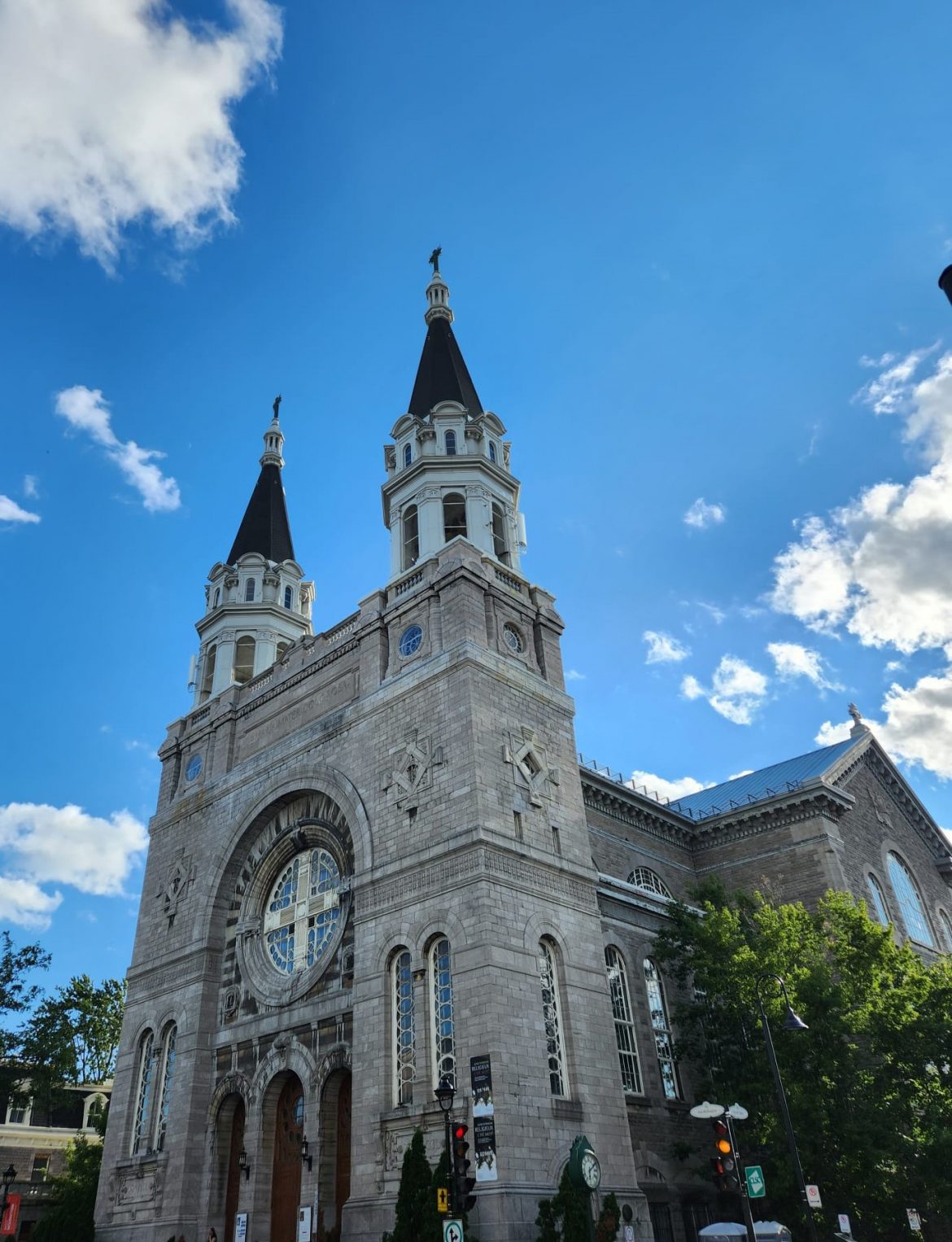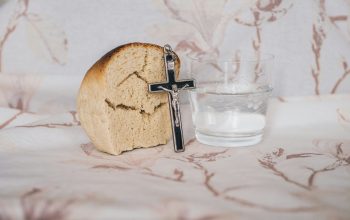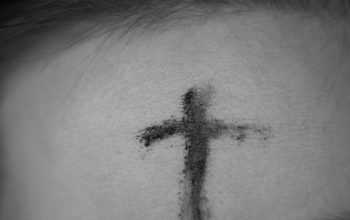Photo Credit: Emily Tung
Dying and rising with Christ on the holiest days of the year
Para Babuharan, Logos Editor
The ancient Greeks had two words for time: chronos and kairos. Melissa Musick writes in The Catholic Catalogue, “Chronos is time as it is measured in hours and days. Kairos is a moment of opportunity, an opening into meaning. Kairos is a moment when meaning overtakes measurement.”
Every experience of liturgy is to step out of chronos and to enter into kairos. This is most intense in the days straddling the seasons of Lent and Easter, when Christians commemorate the passion, death, and resurrection of Jesus Christ in one liturgical event called the Triduum.
The Triduum is three chronological days in a single liturgical day, unfolding for us the one Paschal mystery. It spans Maundy Thursday, Good Friday, Holy Saturday, and Easter Sunday. We go from uneasy joy, to utter desolation, to unsettling stillness, to exultant jubilation.
The Triduum starts Thursday evening with the Mass of the Lord’s Supper. In the beginning of the service, bells are rung for one last time before the Easter Vigil, in celebration of the institution of the Eucharist at the Last Supper. Later in the service, the priest follows Christ’s commandment to love one another by washing others’ feet — a profoundly moving rite, humbling for both the priest and those whose feet he is washing. The service ends starkly with the stripping of the altar and the repose of the Sacrament, representing the arrest and imprisonment of Jesus after his betrayal.
On Good Friday, the most somber day of the year, we commemorate Christ’s passion and death on the cross and venerate that cross — an instrument of torture and execution that has become the instrument of our salvation. In the beginning of the service, the priest lies prostrate before the altar. He assumes the posture of penitents in extreme distress before the Lord of majesty, who on this day has let himself be delivered into the hands of sinful men and be crucified.
Later in the service, we make solemn intercessions for those in every degree of proximity to the Church, gathering the needs of all the world to place before the crucified Lord. In the end of the service, the faithful receive Communion consecrated the previous day. The service concludes with a note of hope for the coming resurrection.
On Holy Saturday, we remember Christ’s descent into the darkness of hell to offer the light of his salvation to all who died before him, including his and our first parents. In the words of Pope Benedict XVI, “God, having made himself man, reached the point of entering man’s most extreme and absolute solitude, where not a ray of love enters, where total abandonment reigns without any word of comfort.”
In the silence of this day, we find ourselves unsettled, wondering what to do. Secular time passes as usual, but Christians are conscious of that sabbath on which God was gone from the earth. It is a fitting time to prepare both spiritually and practically for the Easter feast. After nightfall, it is time to take part in the greatest and noblest of all solemnities, the Easter Vigil.
The service begins in darkness. A fire is prepared outside the church, from which the paschal candle is lit, representing the light of Christ. The light spreads from candle to candle throughout the church. The sublime words of the Exsultet are sung, proclaiming this “truly blessed night.” We hear accounts and prophecies of God’s saving works in history, including the Israelites’ passage through the Red Sea — a prefigurement of Christ’s passage through death.
After the Old Testament readings, the Gloria is sung for the first time since Thursday, this time with truly lasting joy. Before the gospel reading, the solemn alleluia is sung — a simple line of melody that captures the sober jubilation of the occasion.
After the Gospel and the homily, the catechumens process to the baptismal font while the litany of the saints is sung. They are baptized, bathed like brides before a wedding, and confirmed, anointed like athletes before a race. The faithful renew their baptismal promises and are sprinkled while the florid Vidi aquam is sung: “I saw water flowing from the Temple, from its right-hand side, alleluia; and all to whom this water came were saved and shall say: Alleluia, alleluia.”
After the eucharistic prayer, the communion antiphon is sung, inviting the neophytes and all the faithful to receive the Sacrament of their risen Lord: “Christ our Passover has been sacrificed; therefore let us keep the feast with the unleavened bread of purity and truth, alleluia.” The Vigil ends with a double alleluia, but the feast has just begun. The Easter celebration overflows into an octave and an entire season, and the rest of the liturgical year is filled with the brilliance of the Resurrection.
Just as the power of the Resurrection permeates history with the hope of new life, the Easter Triduum jolts our sense of time as chronos. To immerse ourselves in the mysteries of Christ’s passion, death, and resurrection is to have a taste of the eternal kairos.




